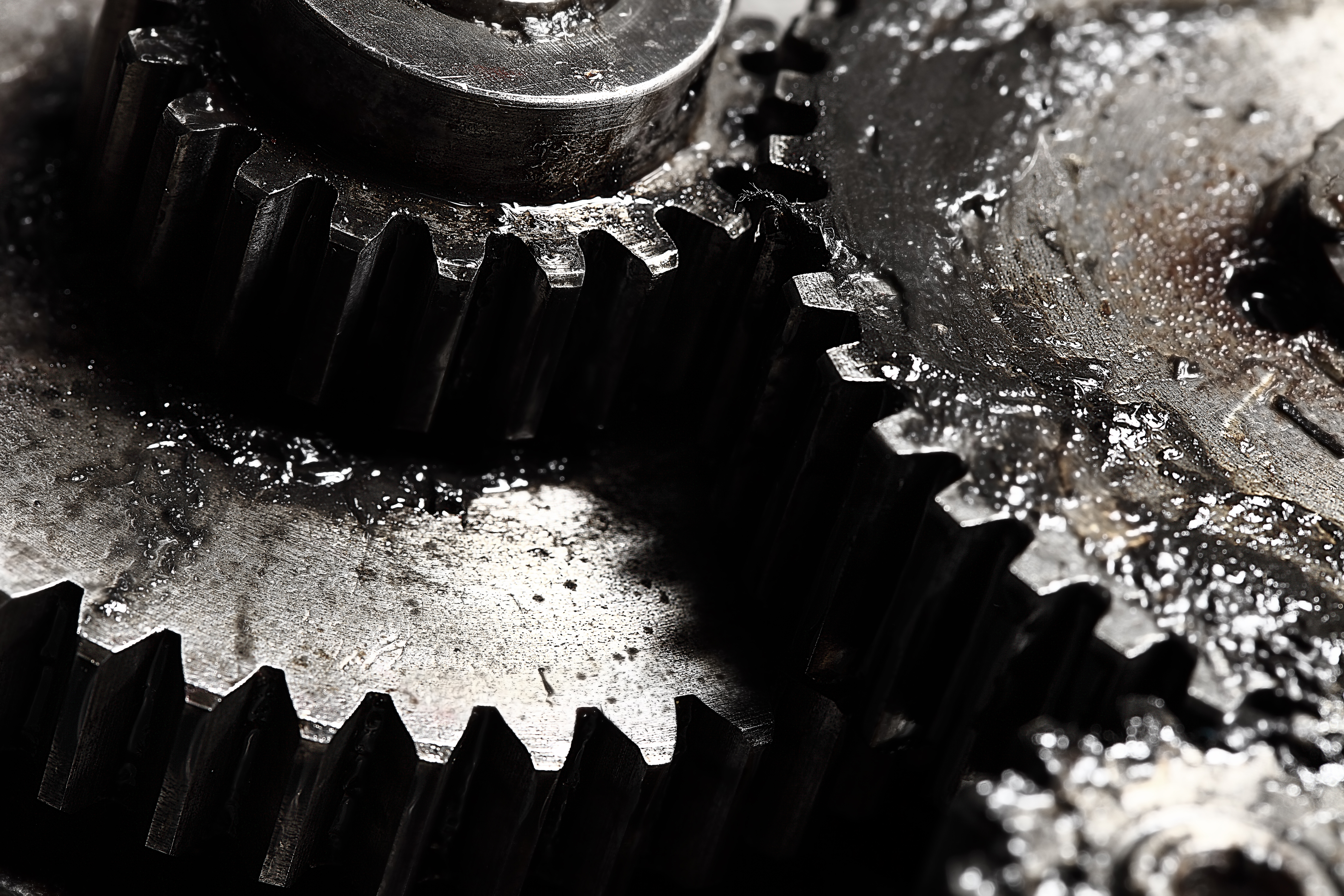Those gears are gorgeous, especially in full size; I will be giving a link to a full size version in a bit. Meanwhile, an Oct. 11, 2016 news item on Nanowerk makes an announcement about ultra-low friction without oil,
Researchers at Georgia Institute of Technology [Georgia Tech; US] have developed a new process for treating metal surfaces that has the potential to improve efficiency in piston engines and a range of other equipment.
The method improves the ability of metal surfaces to bond with oil, significantly reducing friction without special oil additives.
“About 50 percent of the mechanical energy losses in an internal combustion engine result from piston assembly friction. So if we can reduce the friction, we can save energy and reduce fuel and oil consumption,” said Michael Varenberg, an assistant professor in Georgia Tech’s George W. Woodruff School of Mechanical Engineering.
An Oct. 5, 2016 Georgia Tech news release (also on EurekAlert but dated Oct. 11, 2016), which originated the news item, describes the research in more detail,
In the study, which was published Oct. 5 [2016] in the journal Tribology Letters, the researchers at Georgia Tech and Technion – Israel Institute of Technology tested treating the surface of cast iron blocks by blasting it with mixture of copper sulfide and aluminum oxide. The shot peening modified the surface chemically that changed how oil molecules bonded with the metal and led to a superior surface lubricity.
“We want oil molecules to be connected strongly to the surface. Traditionally this connection is created by putting additives in the oil,” Varenberg said. “In this specific case, we shot peen the surface with a blend of alumina and copper sulfide particles. Making the surface more active chemically by deforming it allows for replacement reaction to form iron sulfide on top of the iron. And iron sulfides are known for very strong bonds with oil molecules.”
Oil is the primary tool used to reduce the friction that occurs when two surfaces slide in contact. The new surface treatment results in an ultra-low friction coefficient of about 0.01 in a base oil environment, which is about 10 times less than a friction coefficient obtained on a reference untreated surface, the researchers reported.
“The reported result surpasses the performance of the best current commercial oils and is similar to the performance of lubricants formulated with tungsten disulfide-based nanoparticles, but critically, our process does not use any expensive nanostructured media,” Varenberg said.
The method for reducing surface friction is flexible and similar results can be achieved using a variety of processes other than shot peening, such as lapping, honing, burnishing, laser shock peening, the researchers suggest. That would make the process even easier to adapt to a range of uses and industries. The researchers plan to continue to examine that fundamental functional principles and physicochemical mechanisms that caused the treatment to be so successful.
“This straightforward, scalable pathway to ultra-low friction opens new horizons for surface engineering, and it could significantly reduce energy losses on an industrial scale,” Varenberg said. “Moreover, our finding may result in a paradigm shift in the art of lubrication and initiate a whole new direction in surface science and engineering due to the generality of the idea and a broad range of potential applications.”
Here’s a link to and a citation for the paper,
Mechano-Chemical Surface Modification with Cu2S: Inducing Superior Lubricity by Michael Varenberg, Grigory Ryk, Alexander Yakhnis, Yuri Kligerman, Neha Kondekar, & Matthew T. McDowell. Tribol Lett (2016) 64: 28. doi:10.1007/s11249-016-0758-8 First online: Oct. 5, 2016
This paper is behind a paywall.

![[downloaded from Nature Communications: http://www.nature.com/ncomms/journal/v4/n1/full/ncomms2327.html]](http://www.frogheart.ca/wp-content/uploads/2013/01/EggYolkLi-ionBattery.jpg)